Articles
Opinion
Reviews, comment, features and more, from leading voices in their fields.

Opinion
2 months ago
Six trends we spotted at the biggest art fair in the UK
We went to Frieze London to see what’s going on in the contemporary art world. Here’s what we learnt.

Opinion
3 months ago
Art is a serious subject
The value of art in our schools is immeasurable. Urgently, we need to bring it back.

Opinion
3 months ago
5 of the best uses of colour in art and culture
We asked contributors to the RA Magazine about their favourite uses of colour in art and culture. Here’s what they told us.

Opinion
> 1 year ago
RA Architecture Prize Winner 2023: Shane de Blacam
Shane de Blacam’s former student, critic Shane O’Toole, celebrates the architect’s thoughtful transformation of public places across his home country of Ireland.
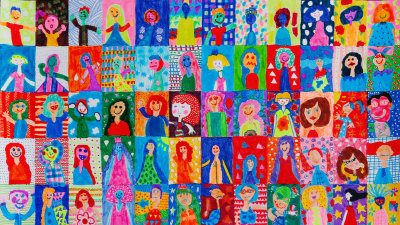
Opinion
> 2 years ago
Why we need to take child art seriously
We need to change our attitude to children’s art, says the RA’s Head of Access, Families and Schools – as the RA’s Young Artist’s Summer Show prepares to return for its fourth year.
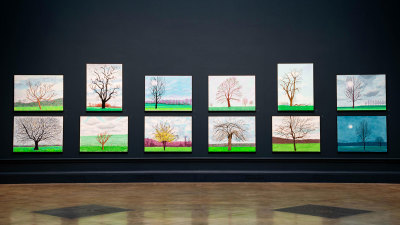
Opinion
> 3 years ago
Covid and the comfort of nature
Psychiatrist Sue Stuart-Smith on how the seasons affect us all.

Opinion
“It has never been more important that we play our part in the art community and the recovery ahead”
Covid-19 has pushed arts institutions to their limits. President of the Royal Academy, Rebecca Salter, and our Secretary and Chief Executive, Axel Rüger, reflect on the challenges faced by the RA.
< 4 years ago
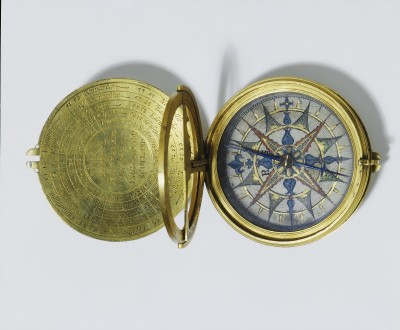
Opinion
> 4 years ago
Lockdown and luxury: the court of James I
Although his accession to the English throne was marred by plague, the Scottish Stuart brought with him vibrant art and culture, says Clare Jackson.
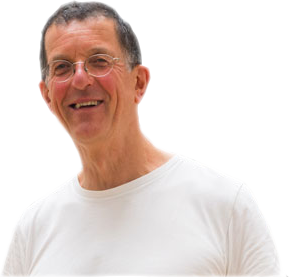
Opinion
“Lockdown reminded us that we’re all makers – and that could change everything.”
As museums and galleries reopen, Antony Gormley reflects on a revelatory three months in lockdown – and a cultural shift that could change the arts for the better.
> 4 years ago
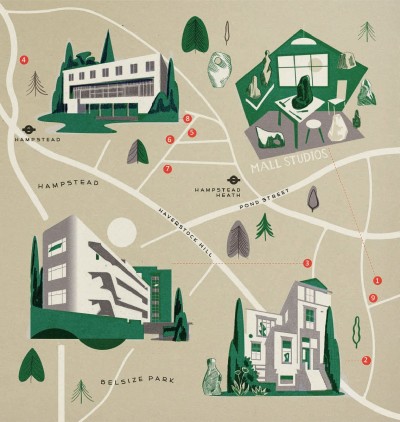
Opinion
> 4 years ago
In the footsteps of Hampstead’s modernists
Hampstead in the 1930s was populated with modernist artists and architects. As Caroline Maclean gives a tour of the area, look out for the reference numbers on our illustrated map below.

Opinion
“There’s a conversation that’s gone wrong, that hasn’t been listened to.”
In 1982 Isaac Julien RA documented the suspicious killing of a black man in a London police station with Who Killed Colin Roach? After the killing of George Floyd in the USA, he questions whether anything has changed.
> 4 years ago
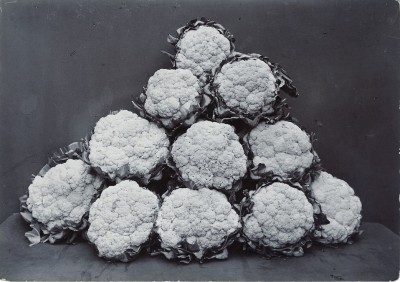
Opinion
> 4 years ago
Charles Jones and his vegetable portraiture
A chance find in a market unearthed a bumper crop of early photographs by Charles Jones that are now art-historical treasures. Felix Bazalgette samples the artist-gardener’s rich pickings.

Opinion
“We can’t open our doors just yet – but today we are inviting you inside.”
Jump into the Last Supper, put a masterpiece from our Collection in your own living room or take a virtual tour of our beautiful building on Google Arts & Culture.
> 4 years ago

Opinion
“After lockdown, there are decisions to be made. Are the arts essential, or a nice luxury?”
The latest in our ‘Artists in Isolation’ series, Turner Prize-winning artist Lubaina Himid RA shares her experience of grieving in lockdown, and explains why, when we come out of it, conversations about the value of art have never been more vital.
> 4 years ago
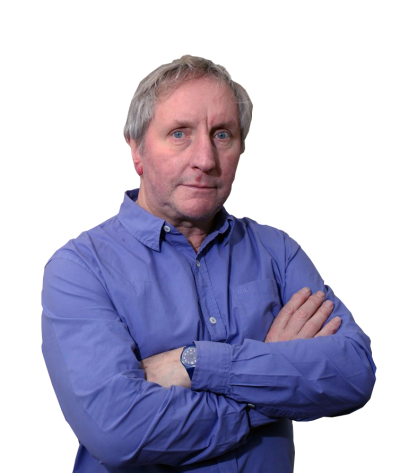
Opinion
“For those of us who make a living out of our art, our future may be fragile.”
Artists work in isolation, but they do it under the belief that one day people will experience their work. For Chris Orr, it’s the isolation of everybody else that’s frightening…
> 4 years ago
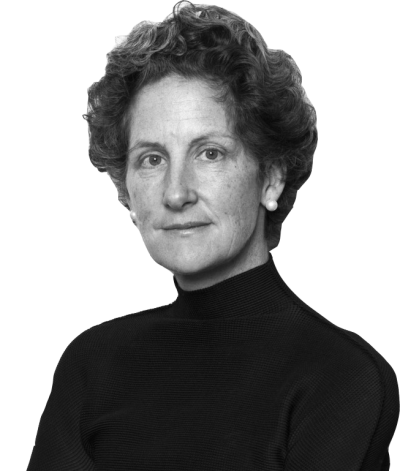
Opinion
“I’m hoping that lockdown will force a rethink of state expenditure on the public realm.”
Our latest ‘Artist in Isolation’ column comes to you from Berlin, where architect Louisa Hutton RA lives with her husband and business partner, Matthias Sauerbruch. She shares the experience of running a practice in lockdown, and, despite it all, hopes for the fundamental good that could emerge from this crisis.
> 4 years ago

Opinion
“We have to stay strong. We have to believe art always wins.”
From isolation, artist and activist Ai Weiwei shares a message of hope for the Royal Academy’s Friends, visitors and followers around the world.
> 4 years ago
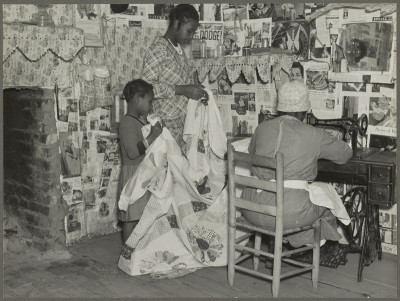
Opinion
> 4 years ago
Quilting from the Deep South: a lesson in creativity your way
Rooted in folk traditions, quilts from the Alabama hamlet of Gee’s Bend have long been prized by museums in the States. Now, their unbounded creativity has arrived in the UK.
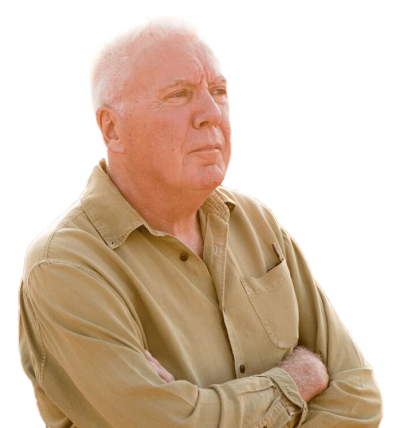
Opinion
“We listen to the air-raid sirens sounding the start of curfew, as the sun disappears into Palestine.”
As part of our ‘Artists in Isolation’ series, Stephen Farthing RA describes life in locked-down Jordan – how he hopes to finish his next painting before lockdown ends, and how the local call to prayer has been louder since COVID-19.
> 4 years ago

Opinion
> 4 years ago
Debate: is there such a thing as artistic genius?
You have it or you don’t have it, right? Well, maybe. Our writers weigh up whether genius is innate or nonsense – but the final word lies with you. Cast your vote below.

Opinion
“Who knows how many new talents will pick up a pencil, brush or iPad in isolation?”
These are difficult times for everyone – but art thrives in a crisis, says Rebecca Salter PRA, as we launch a new series of artists and architects documenting their creativity in isolation.
< 5 years ago

Opinion
“While our front doors will close, we plan to stay open to you”
A message from President of the Royal Academy, Rebecca Salter, and our Secretary and Chief Executive, Axel Rüger, as we temporarily close the Royal Academy of Arts until further notice.
< 5 years ago
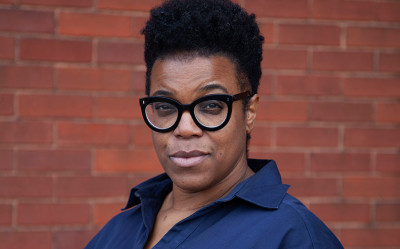
Opinion
5 years ago
“It’s about acceptance” – the drive to make architecture more inclusive
The founder and director of Built By Us, a social enterprise that champions inclusion in architecture and the construction sector, is convinced that diversity is about far more than recruitment. Lois Innes reports.

Opinion
5 years ago
Dora Maar: more than a muse
A Tate Modern survey show of the Surrealist Dora Maar reveals the artist’s questing imagination, writes Professor Dawn Adès.
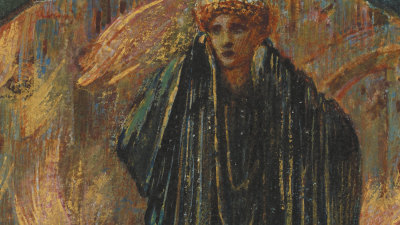
Opinion
5 years ago
The many faces of Helen of Troy
As the British Museum launch a new exhibition on the ancient city of Troy, classicist Natalie Haynes reveals the tensions and contradictions at the heart of literature’s most intriguing siren.

Opinion
“Amid this climate crisis, I have five reasons for hope.”
In the build up to ‘Eco-Visionaries’, our new exhibition exploring artistic and architectural responses to climate change, one of the world’s leading environmentalists, Jane Goodall, lays down five reasons we should remain hopeful about the future.
5 years ago

Opinion
“Schools are failing our children. The solution lies in art education.”
As art-making is ebbed out of schools across the country, we overlook the skills it delivers – strengths that should be the envy of “proper” academic education, says Michael Craig-Martin.
> 5 years ago
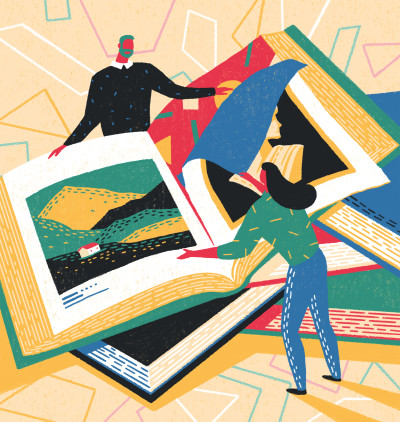
Opinion
< 6 years ago
Debate: can you teach art?
Eliza Bonham Carter, Curator and Head of the RA Schools, and RA Schools student Ewan Macfarlane share their thoughts. Cast your vote below.
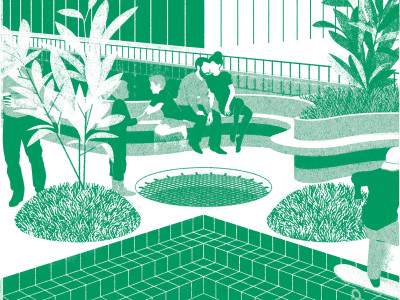
Opinion
6 years ago
What are the building blocks of a liveable (and loveable) city?
As part of RA Architecture Studio’s Invisible Landscapes series, urbanist Rachel Fisher weighs up the myriad ways that social technology can help us build human-centred cities.
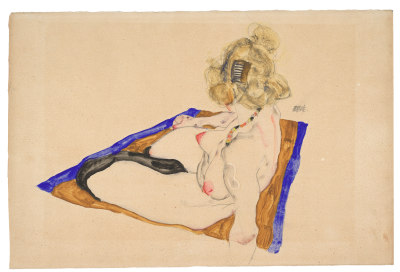
Opinion
6 years ago
Being a sitter for Egon Schiele
With their direct eye contact and powerful stances, Egon Schiele’s drawings of women were some of the first to recognise female autonomy. But who were the artist’s models and how did their relationships with Schiele play out on paper?
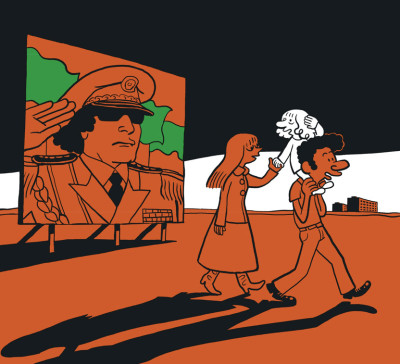
Opinion
> 6 years ago
Eight mind-blowing graphic novels for beginners
As Observer journalist and critic Rachel Cooke champions the art of the graphic novel at the RA’s Festival of Ideas, she tells us why we’re in a golden age for the comic – and offers up eight greats to get you started.
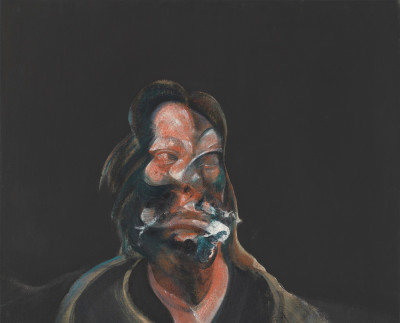
Opinion
> 6 years ago
Body of evidence: a fresh look at Freud and Bacon’s early careers
The two figurative artists are at the centre of Tate Britain’s ‘All Too Human’ exhibition, but they haven’t always been so favoured. Here we look back to a time when a young Bacon and Freud were much ignored.

Opinion
“Architecture impacts everyone. We need to inspire greater visual and spatial literacy for all”
Architecture is part of our culture and society, and the conversation about it should be accessible to everyone. That’s why the RA pledged to champion architecture 250 years ago, and why we’re renewing that commitment now, says Head of Architecture Kate Goodwin.
> 7 years ago
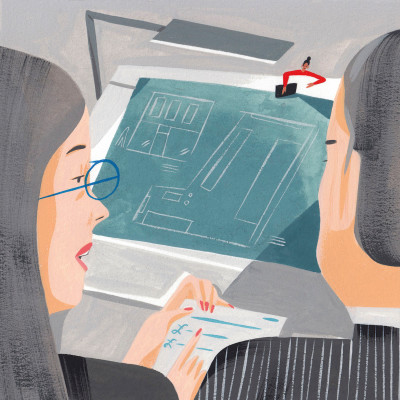
Opinion
> 7 years ago
Six ways to tackle the London studio crisis
The artist’s studio faces extinction in the capital if the property market continues to price artists out. But change might be afoot, reports architectural critic Hugh Pearman, as he explores six possible solutions.
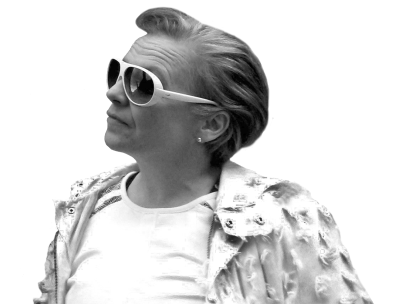
Opinion
“Brutalism is back – but its fetishisation comes at a cost”
Post-war concrete architecture is finding its way into magazines, blogs and Instagram feeds – but its commodified comeback is completely at odds with Brutalism’s social agenda, argues architectural critic Catherine Slessor.
> 7 years ago
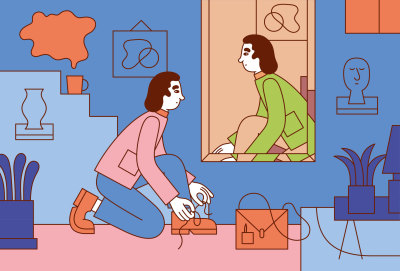
Opinion
< 8 years ago
Debate: is colour purely subjective?
Can we consider colours as purely subjective forces? Kassia St Clair and Emyr Williams go head to head. Vote on the winner below.
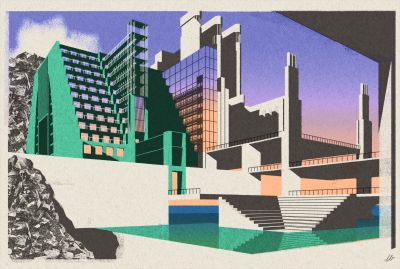
Opinion
8 years ago
Debate: are utopian ideas good for architecture?
Can utopian ideals help architects to build better futures? Or are these efforts doomed to be too rigid, over-simplified and suppressive? Ian Ritchie RA and Hugh Pearman go head to head. Vote on the winner below.

Opinion
> 8 years ago
The art of contemplation: mindfulness in galleries
Mindfulness techniques can aid an authentic encounter with an artwork, especially those of the Abstract Expressionists, suggests Gill Crabbe.

Opinion
> 8 years ago
Debate: Is originality in art overrated?
Should artists bow to tradition, or should they break all the rules? Martin Gayford and Richard Cork go head to head. Vote on the winner below.
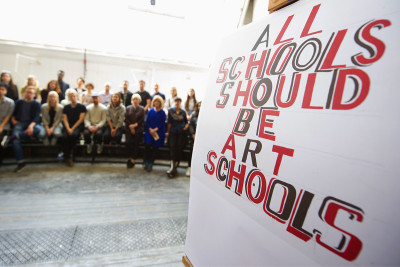
Opinion
> 8 years ago
Why EBacc must not exclude the arts
The English Baccalaureate currently excludes arts subjects from compulsory study. As plans go ahead for a parliamentary debate on 4 July, our artists and architects ask for your support in keeping creative subjects at the heart of education.
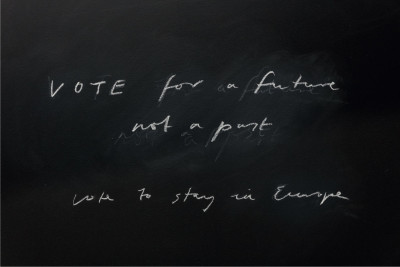
Opinion
> 8 years ago
13 artists on why we should stay in Europe
As the EU referendum nears, 13 artists have joined the “In” campaign – each explaining with a new artwork why they believe we shouldn’t Brexit. Do you agree? Tell us what you think below or on Twitter.
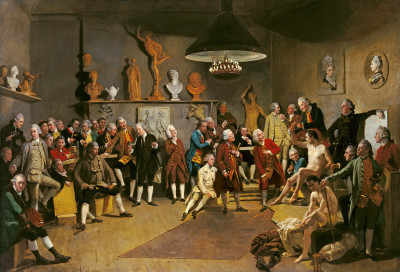
Opinion
> 8 years ago
Hidden from history: the Royal Academy’s female founders
While the past decade has seen more female artists becoming Academicians, they have been a rare sight for much of the RA’s existence, and were even excluded from Zoffany’s famed painting of the Academy’s founders. Historian Amanda Vickery delves into the archives to discover the pioneering women who wielded the brush.
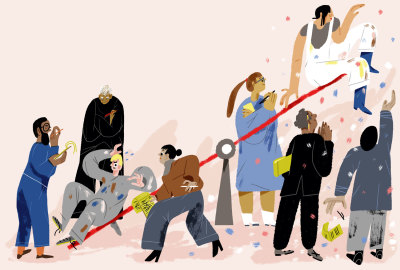
Opinion
> 8 years ago
Debate: Should critics ever savage the work of artists?
Without the contrast to harsh judgements, does praise have any meaning? Or is the role of the critic to simply inform and encourage readers to go and see for themselves? Jonathan Jones and Simon Wilson go head to head. Vote on the winner below.
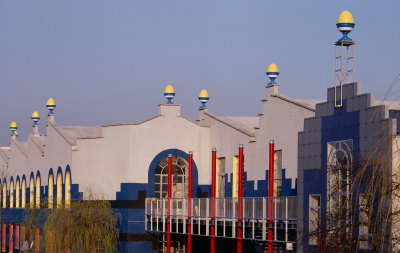
Opinion
> 8 years ago
Why TV-am was Britain’s most maverick building
Home to ITV’s famous breakfast show, Terry Farrell’s postmodern studio was a burst of energy that shifted views of what architecture could be, says the artist and designer, Adam Nathaniel Furman.
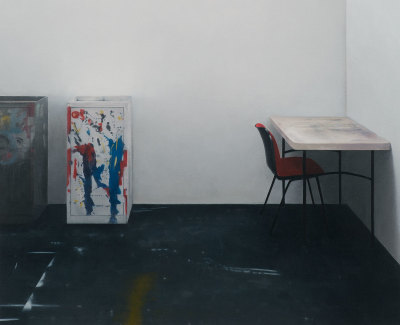
Opinion
< 9 years ago
Watch these spaces: the future of art schools
As Britain’s art schools experience an era of radical change, what do students stand to gain and lose? Anna Coatman explores the past, present and future of art education.
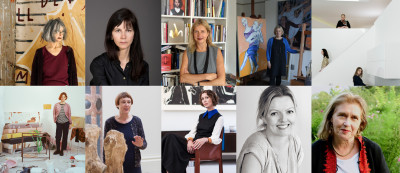
Opinion
< 9 years ago
10 inspirational women in the arts
To mark International Women’s Day, we asked some of the great women in the UK art world, from artists to editors, where things stand when it comes to equality. Here’s what they said.

Opinion
< 9 years ago
Debate: should we care about attribution?
If we can’t tell by looking at a work, does it matter who painted it? Or does knowing the authorship increase our understanding? An artist and an art historian go head to head. Pick your side and vote below.
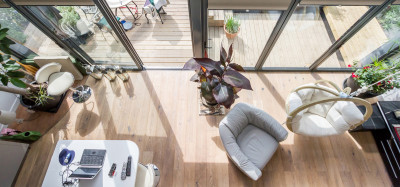
Opinion
< 9 years ago
The month in architecture
Five things you need to know this month – the top architecture news stories, the most exciting new projects and the latest prizes.
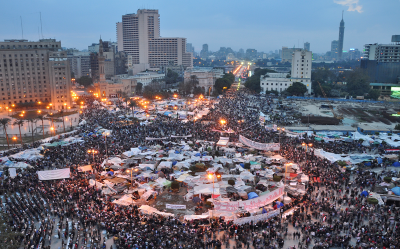
Opinion
< 9 years ago
12 of the most iconic public spaces
Every day, public places around the world are used by ordinary people to exercise their rights. We look at four general “spaces of freedom” and their most famous examples.

Opinion
9 years ago
The rise of the Middle Eastern mega-museum
In recent years there has been rapid growth of major museums in the Middle East. Anthony Downey investigates the social, political and ethical challenges that face these new institutions.
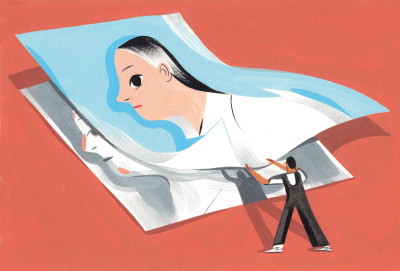
Opinion
9 years ago
Debate: Should artists have final say on conservation?
Is how an artist’s work is conserved part of their remit as its creator, or is it a decision for those caring for and interpreting the work for the public? An artist and an art historian go head to head.

Opinion
9 years ago
Grand masters: Hawksmoor vs Wren
From a contemporary perspective, does Nicholas Hawksmoor outshine his master, Christopher Wren? Owen Hopkins reassesses two geniuses of British Baroque architecture.
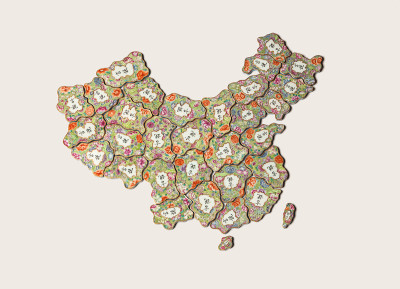
Opinion
9 years ago
Author Ma Jian on Ai Weiwei and freedom of expression in China
Ma Jian is renowned for his novels exploring subjects censored in China, where his books are banned, and he has been barred from entering the Chinese mainland. Ahead of Ai Weiwei’s RA retrospective, we asked the writer about his admiration for the artist, and about the limits of free expression in China.

Opinion
> 9 years ago
Architecture and Freedom: a changing connection
With architectural production becoming ever more beholden to the needs of capital and the building industry, the role of the architect is changing, says our curator. Owen Hopkins introduces the critical issues informing our new season of events.
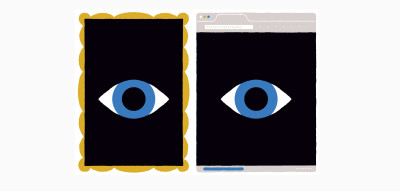
Opinion
> 9 years ago
Is it essential to see a painting in the flesh?
Does our perception of a painting rely on the electricity of human encounter? This week’s writers battle it out. Read both sides then vote below…
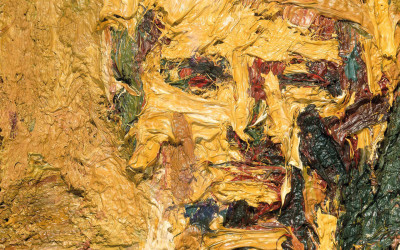
Opinion
> 9 years ago
Hard-won images: Frank Auerbach and Alberto Giacometti
The intensely wrought paintings of Frank Auerbach find their match in Giacometti’s sculptures, as two shows reveal, says Simon Wilson.
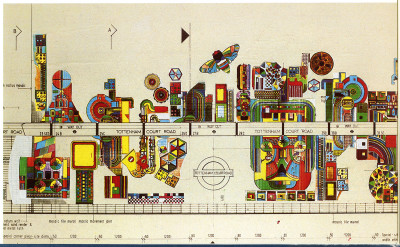
Opinion
> 9 years ago
Paolozzi’s threatened Tottenham Court Road mosaics
As parts of Eduardo Paolozzi RA’s mosaics are removed from Tottenham Court Road tube station ahead of Crossrail, Richard Cork hopes that Transport for London will honour its promises.
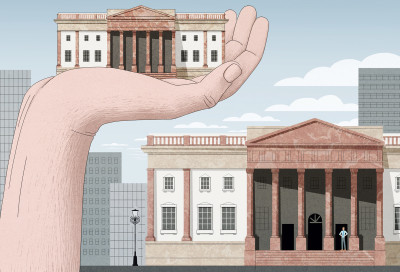
Opinion
> 9 years ago
Are we building too many museums?
Would building more museums help to improve society or be a wasteful luxury? Theatre-maker Stella Duffy and curator Kieran Long go head to head. Read both sides then vote in the poll below.
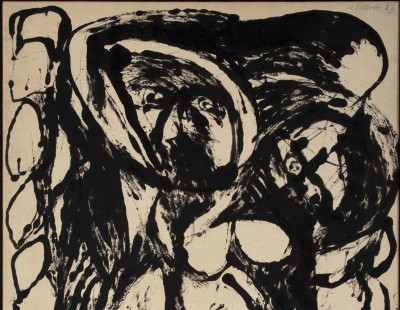
Opinion
> 9 years ago
Jackson Pollock: pouring his art out
Leading abstract painter Frank Bowling RA welcomes a major show that reassesses Jackson Pollock’s black pourings.
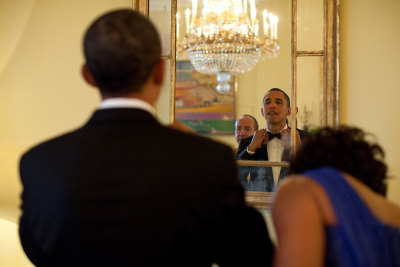
Opinion
> 9 years ago
Hanging in the corridors of power: when art and politics collide
With Britain’s General Election looming, Tom Jeffreys takes a look at the relationship between art and power – in government art collections and on the campaign trail.
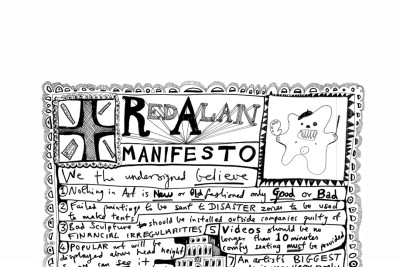
Opinion
> 9 years ago
10 game-changing art manifestos
From Sir Joshua Reynolds to the Guerrilla Girls, artists have often set out their visions for art in manifestos. Let’s take a look at some of the ones that shook up the art world.
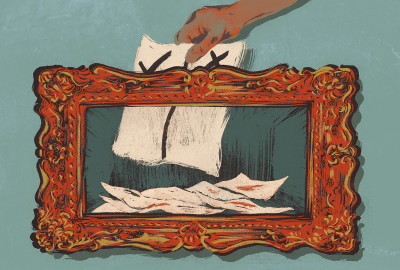
Opinion
< 10 years ago
Should art be more political?
Should art have politics at the forefront of its agenda? Artist Bob and Roberta Smith RA and critic Kelly Grovier go head to head.
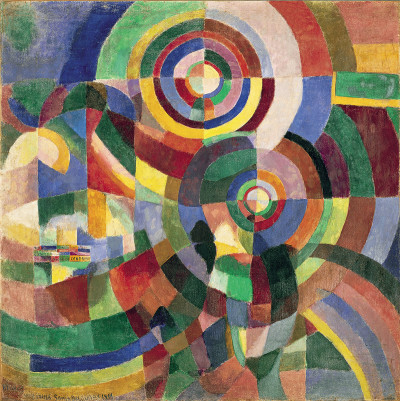
Opinion
< 10 years ago
Jennifer Durrant RA on the richness of Sonia Delaunay’s life and art
As Sonia Delaunay’s paintings, textiles and murals come to London, painter Jennifer Durrant RA explores her vibrant work.
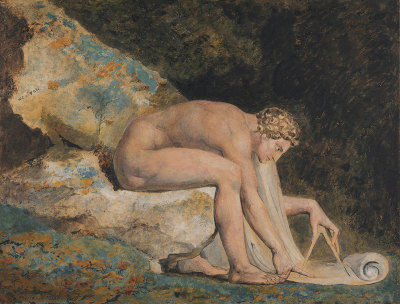
Opinion
10 years ago
Alan Moore on William Blake’s contempt for Newton
As a major show of the revolutionary William Blake’s work opens in Oxford, Alan Moore, the legendary comic book author, delights in the artist’s subtle satire of Isaac Newton.

Opinion
10 years ago
Allen Jones: Pop Art meets Miley Cyrus?
Like many of today’s pop culture icons, Allen Jones’s work has sparked celebration and uproar. Chris Fite-Wassilak introduces an artist who made us blush 40 years before Miley.
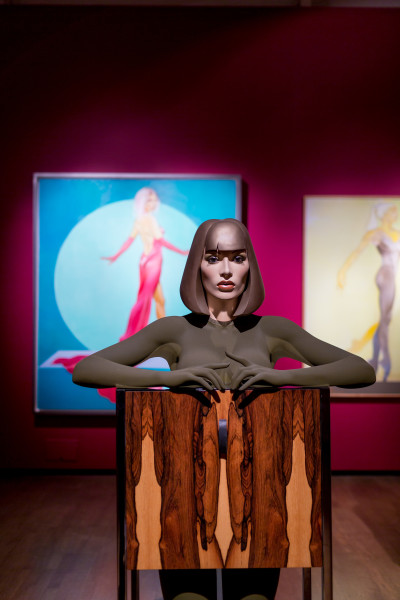
Opinion
10 years ago
When paint stripper was thrown over Allen Jones’s ‘Chair’
In 1986 paint stripper was thrown over Allen Jones’s sculpture ‘Chair’ (1969) during a Tate show. Alison Bracker talks to conservator Lyndsey Morgan about her experience restoring the work in the face of controversy.
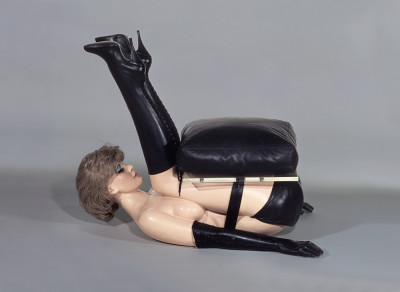
Opinion
10 years ago
Allen Jones’s ‘Chair’: the debate
Ahead of our Provocations in Art Salon, speakers Stacy Boldrick, Lyndsey Morgan and Grace Woodward describe their first reactions to a work that has sparked everything from vandalism to real-life re-creation. What’s your view?
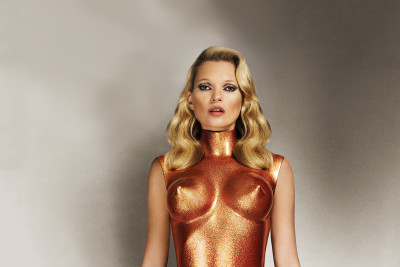
Opinion
10 years ago
Grace Woodward: can a feminist love Allen Jones?
The presenter, fashion commentator, stylist and feminist explains why she identifies with Allen Jones’s controversial works and picks a few of her favourites.
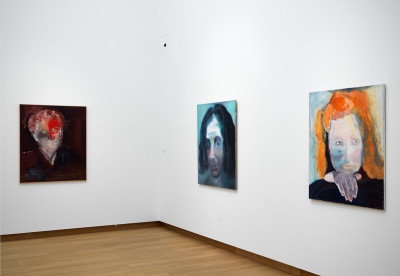
Opinion
10 years ago
The mythical women of Marlene Dumas Hon RA
Marlene Dumas Hon RA’s paintings elevate women to mythic status. Here we celebrate the vision of a major artist as her powerful Amsterdam show comes to London.
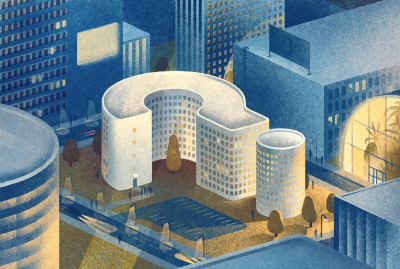
Opinion
10 years ago
Is beauty an essential consideration in architecture?
Ron Arad RA and Sam Jacob discuss whether considerations of beauty are valuable in architecture, or whether they detract from more important issues.
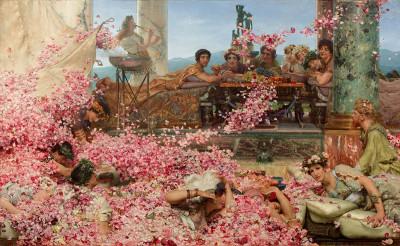
Opinion
10 years ago
Lord Leighton RA and the Victorian ideal of female beauty
The Mexico-based businessman Juan Antonio Pérez Simón has amassed one of the world’s greatest collections of art. He talks to us about his love of Victorian art as his 19th-century masterpieces visit Leighton House Museum, the home of the former RA President.
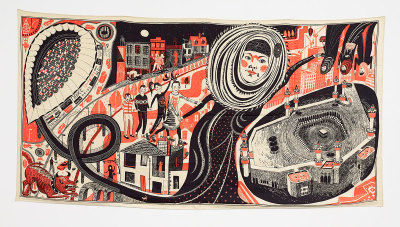
Opinion
10 years ago
Grayson Perry RA’s portraits of Britain
The Royal Academician’s major exhibition in London turns to us, the people of modern Britain, unveiling 14 new portraits that spotlight the complexities behind our identity.
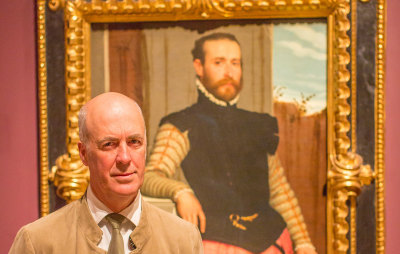
Opinion
10 years ago
Point of view: What it’s like to sit for a portrait
As our exhibition of the great portraitist Giovanni Battista Moroni opens, the RA’s Charles Saumarez Smith reflects on the experience of having his own portrait painted.
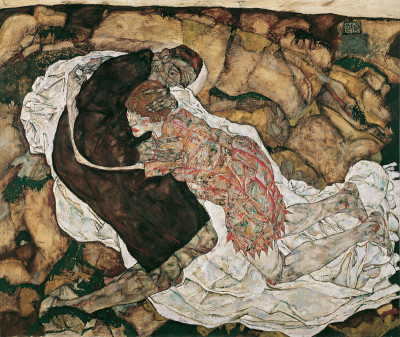
Opinion
> 10 years ago
Egon Schiele: The body electric
Although their erotic and existential angst once fell foul of public taste, Egon Schiele’s nudes have stood the test of time, argues Simon Wilson.
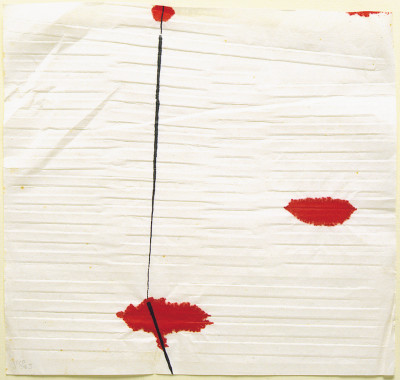
Opinion
> 10 years ago
Gego: rediscovering an extraordinary artist
As a new exhibition of her work opens at the Henry Moore Institute, ‘Radical Geometry’ co-curator Adrian Locke discusses the work of Gertrude Goldschmidt.
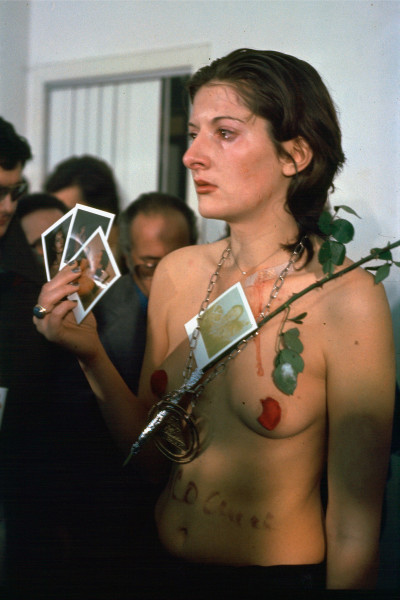
Opinion
> 10 years ago
Marina Abramovic: Three of the best
As Marina Abramovic Hon RA’s latest performance art piece opens, we spotlight key moments in her career.

Opinion
> 10 years ago
Think pink: Franz West at The Hepworth Wakefield
The multiple meanings of West’s witty sculptures are unravelled at The Hepworth Wakefield this summer.
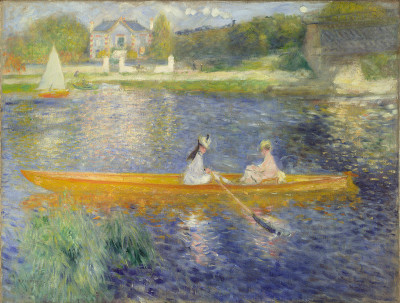
Opinion
> 10 years ago
Four major exhibitions with colour at their core open this summer
Simon Wilson surveys a slew of shows, in London, Liverpool and Margate, that reveal the changing roles colour has played in art history.

Opinion
> 10 years ago
Inside Story: Bill Viola
The pioneering video artist talks to Laura Gascoigne about mystery, compassion and sacrifice in art, as the first of his two altarpieces commissioned by St Paul’s Cathedral goes on permanent display.
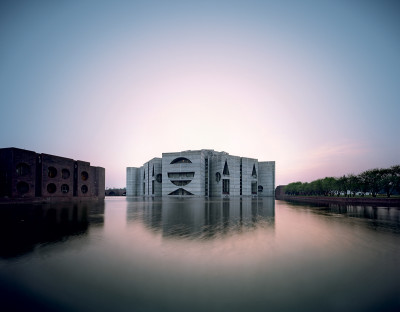
Opinion
> 10 years ago
Louis Kahn at the Design Museum
Architect Trevor Dannatt RA pays tribute to Louis Kahn, whose poetic buildings are celebrated at London’s Design Museum.
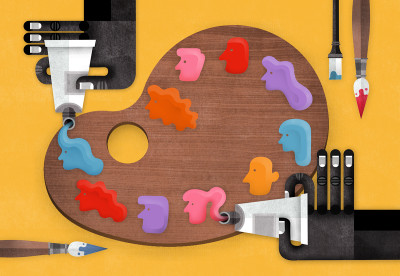
Opinion
> 10 years ago
Should there be positive discrimination towards female artists?
Eileen Cooper RA and Helena Morrissey discuss whether art institutions need to prioritise women to achieve gender equality or whether positive discrimination is counter-productive.

Opinion
> 10 years ago
Body and Void at The Henry Moore Foundation
A new exhibition juxtaposing the works of Henry Moore with those of Antony Gormley RA, Richard Deacon RA and Anish Kapoor RA, among others, shows the enduring influence of one of Britain’s most iconic sculptors.
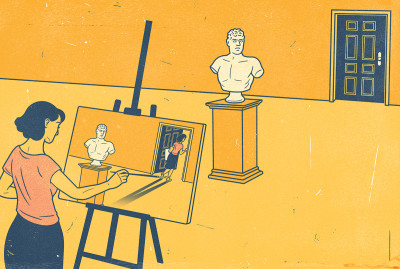
Opinion
< 11 years ago
Will there be fewer fine artists in the future?
We put the question to Jennifer Zielinska, part of the RA’s attRAct programme, and Royal Academician and fine artist Cornelia Parker

Opinion
< 11 years ago
The craft that is now art
Novelist Tracy Chevalier, who curates a new exhibition of quilts, argues that this traditional activity should be accepted as a contemporary art medium.
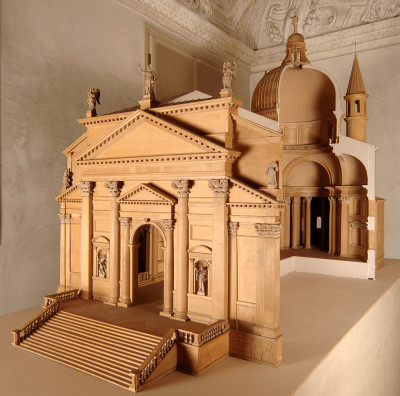
Opinion
< 11 years ago
How do you make an architecture exhibition?
This is a question that has vexed countless curators over the decades. For an exhibition of art, it’s seemingly obvious. But what does this mean when you’re presenting the work of an architect?
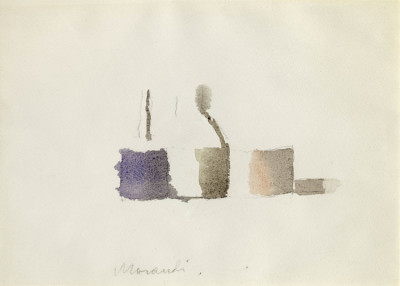
Opinion
< 12 years ago
Giorgio Morandi at the Estorick Collection
Everyday items become remarkable at the hands of one of the great 20th century still life artists.
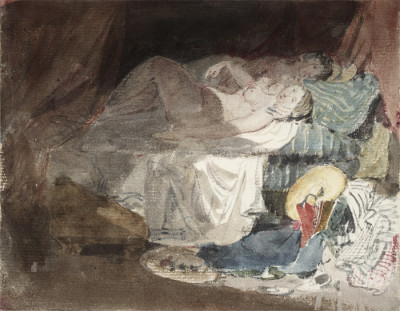
Opinion
> 12 years ago
Review & Comment: Books: ‘Turner’s Secret Sketches’ by Ian Warrell
Did Ruskin burn Turner’s clandestine drawings? Simon Wilson acclaims a revelatory new book on the works that seared the great critic’s soul.